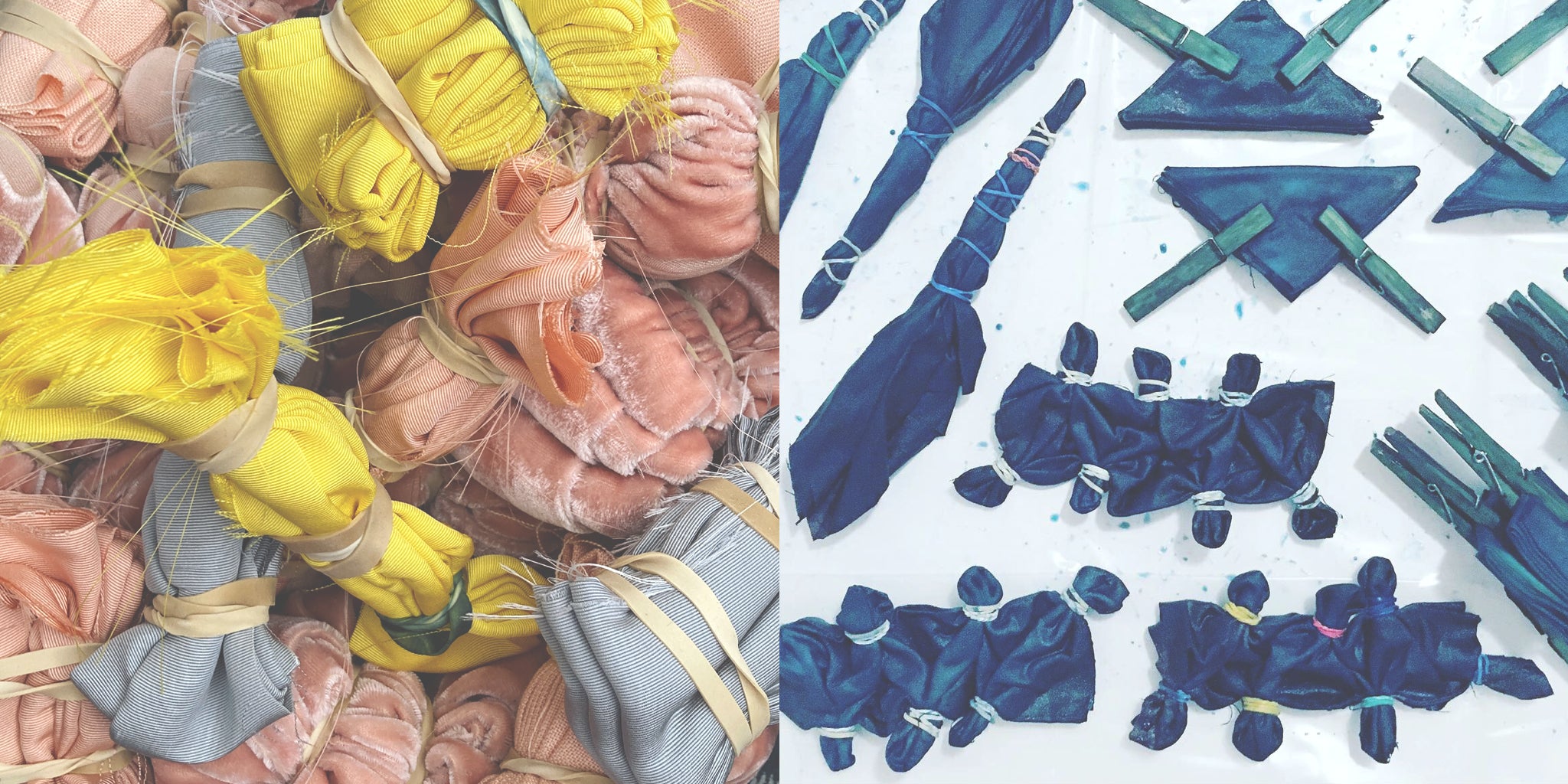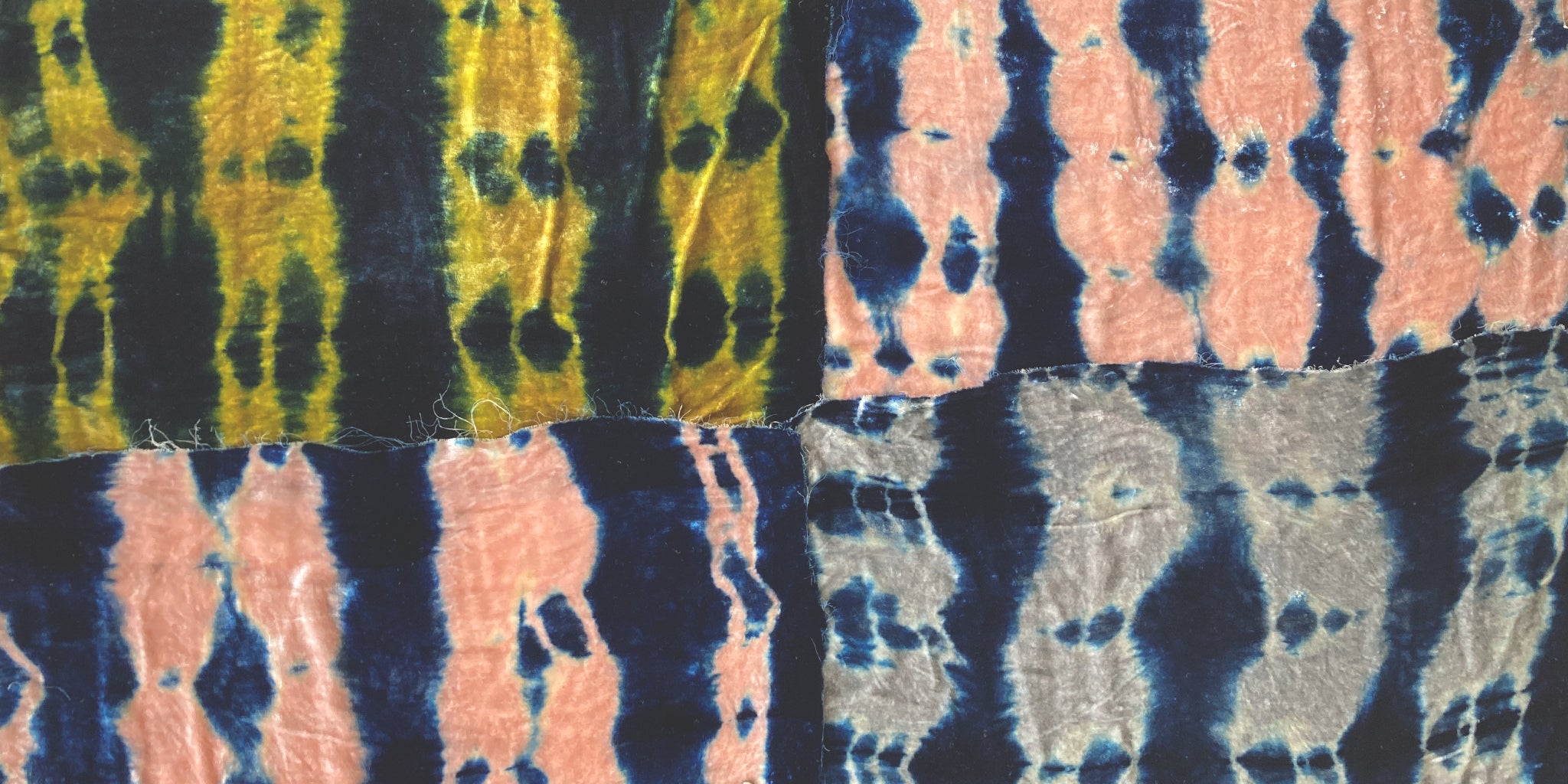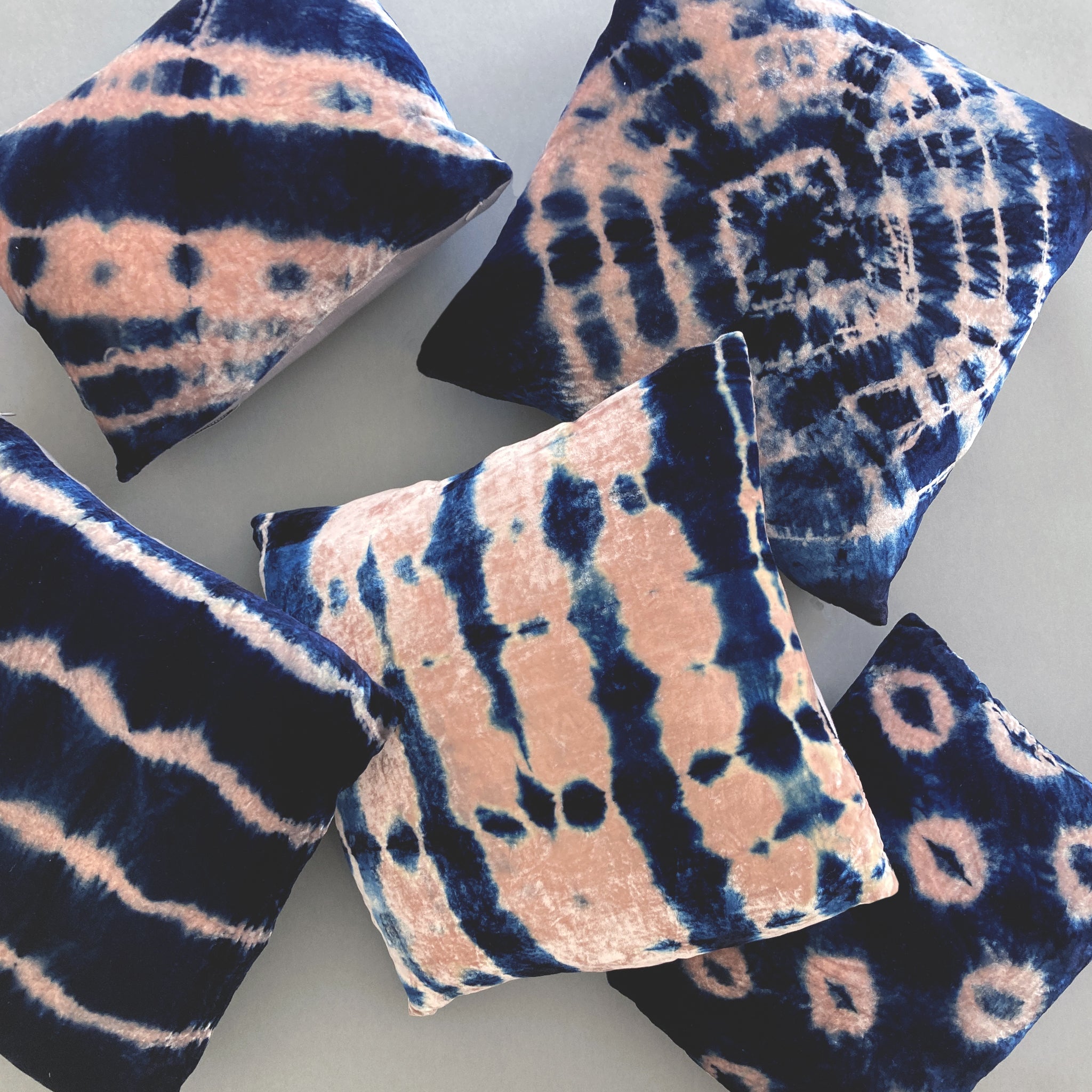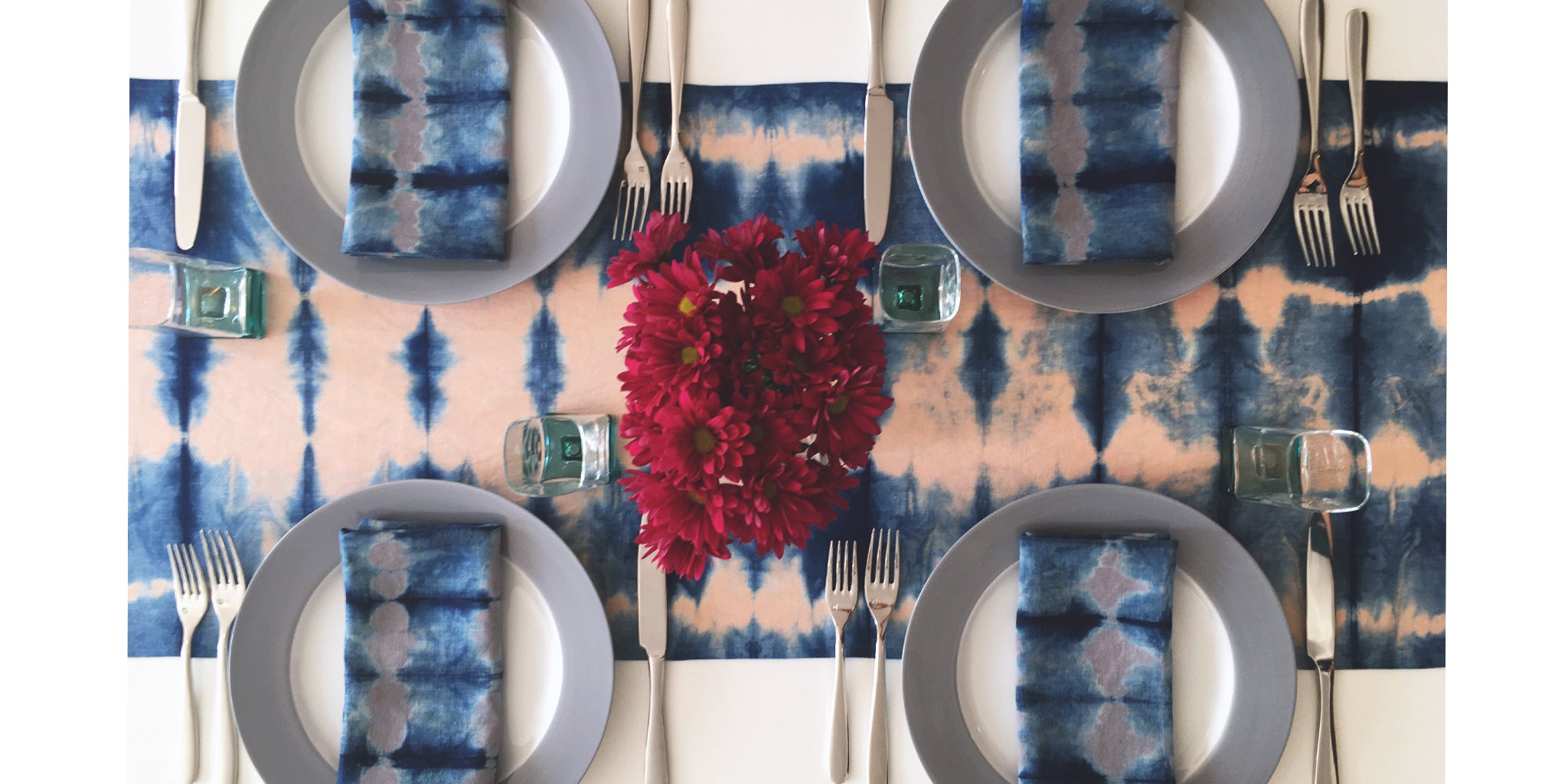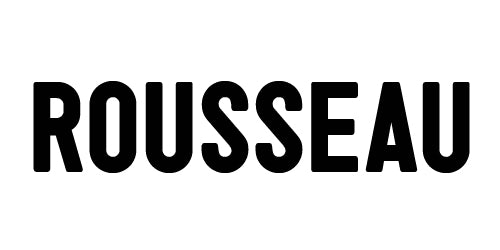DYE PROCESS
Each silk velvet pillow is cut and folded by hand, in the shibori style, before it is dyed through a series of indigo dips. To achieve a rich blue color, each is dipped and oxidized several times, before setting, hand-washing and drying.
